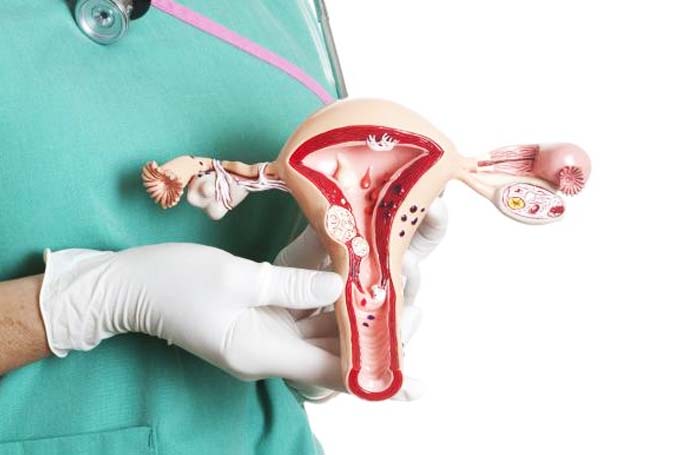Hysterectomy

The Hysterectomy is a surgery, performed on women to remove the uterus. Through this invasive surgical procedure uterus, ovaries, fallopian tube, and the cervix is removed. Which is performed to cure various diseases like
- Gynecologic cancer
- Fibroids
- Endometriosis
- Uterine prolapse
- Abnormal vaginal bleeding
- Chronic pelvic pain
Hysterectomy is a major operation for removal of the uterus. This procedure can be done laparoscopically too.
Types of hysterectomy
- Total Hysterectomy: Removal of the uterus and cervix with preservation of the ovaries. In pre-menopausal women, this means there is no change in hormonal status.
- Subtotal Hysterectomy: The cervix of the uterus is preserved and routine cervical screening is necessary in future.
- Total Hysterectomy and bilateral-salpingo-oophorectomy : Removal of the uterus, cervix, ovaries and fallopian tubes. In pre-menopausal women this would mean a loss of ovarian hormones. In turn, this means you will go into menopause. In postmenopausal women, there is no hormonal change as the ovaries have already stopped functioning.
Why Laparoscopic Hysterectomy is Done?
There are a variety of reasons why Laparoscopic Hysterectomy is done. This is the procedure which can treat a variety of gynecological issues including:
- Fibroids – This is the benign tumours present usually in the uterus and can be treated with the Laparoscopic Hysterectomy.
- Endometriosis – This condition happens when tissue lining in uterus outgrows the uterus involving the fallopian tubes and other organs. So it can be removed using Laparoscopic Hysterectomy
- Adenomyosis – When the tissues lining in uterus grow within the uterine walls, adenomyosis occur which may lead to painful and heavy periods. It can be treated with Laparoscopic Hysterectomy
- Gynaecological Cancer – Cancer present in cervix, uterus, endometrium or ovaries can be removed with Laparoscopic Hysterectomy
- Uterine Prolapse – When the supportive tissues in pelvic and ligaments become weak, the uterus can sag into the vagina and this leads to pelvic pressure, urine leakage and difficulty in bowels. Laparoscopic Hysterectomy helps repair the supportive tissues and remove the uterus.
- Abnormal Uterine Bleeding – If you are not finding any remedy with less invasive surgical procedures and medications for long and heavy periods, Laparoscopic Hysterectomy can help.
- Chronic Pain in Pelvic – Uterine conditions causes pelvic pain and it can be solved easily with Laparoscopic Hysterectomy.
A hysterectomy is carried out in following different ways :
Laparoscopic Hysterectomy : A laparoscope has a light and camera on either ends. Small incisions are made in your abdomen for inserting this laparoscope for examination and removing uterus.
Abdominal Hysterectomy : As the name suggests, a large vertical or horizontal incision is made on the abdomen for removing the uterus.
Vaginal Hysterectomy : During a vaginal hysterectomy, uterus removal takes place through incisions made in vagina. Recovery time for this type is less and so this method is advisable.


